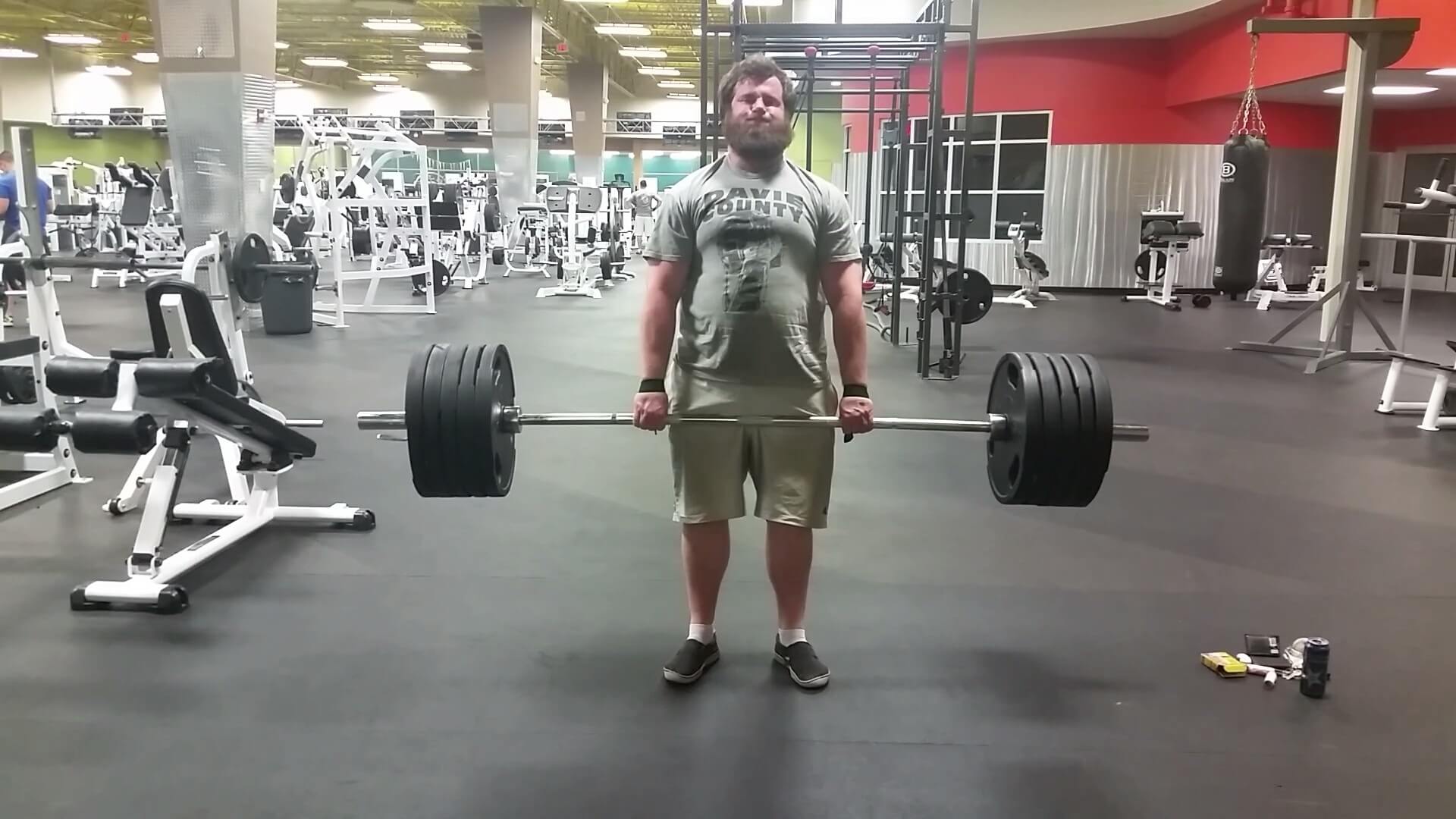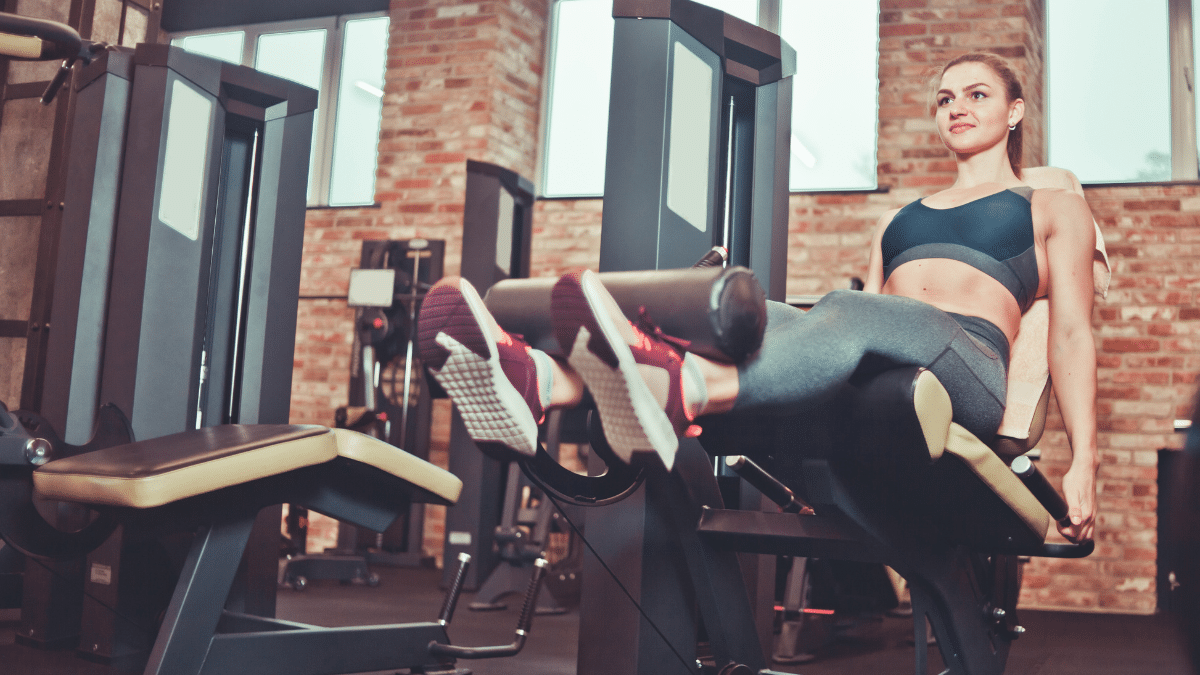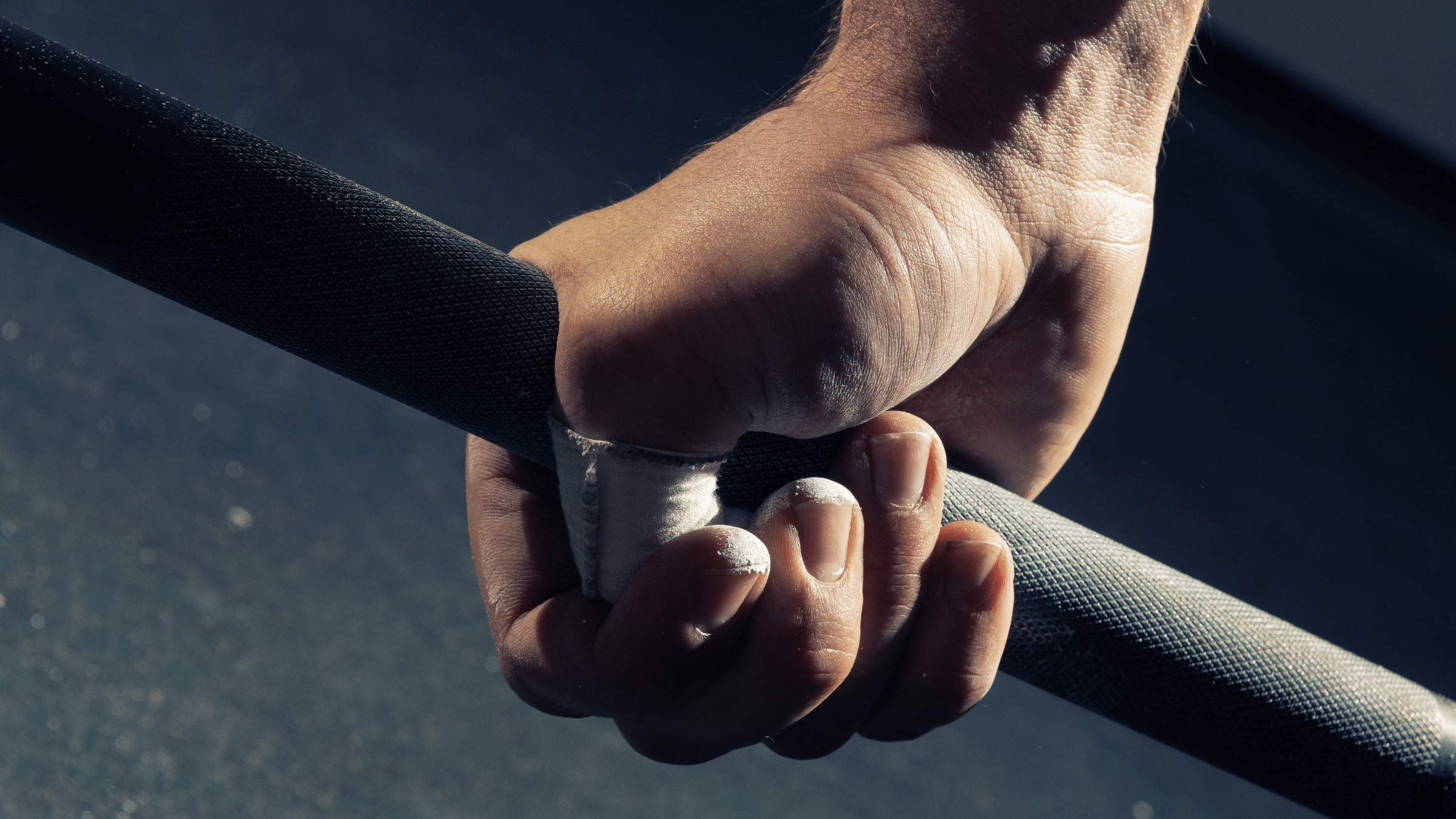This is installment 2 in a (currently) 8-part series. The first was “What I learned to squat 500 pounds.” I’m planning on doing one installment for each 100-pound increment for squat and deadlift starting at 500, and each 50-pound increment on bench starting at 350. Just as a refresher from the first installment:
“There are three types of strong people.
1. Lucky ones
2. Injured ones
3. Smart ones
Unless you’re simply a freak, getting stronger requires a mind that can keep up with your body. If you’re not constantly growing in your mental pursuits, you’ll run into some serious problems in your training. You’ll stop getting stronger, start getting hurt, or both.
You would be hard-pressed to find an 800-pound raw squatter or deadlifter who got that strong by accident. Knowledge precedes strength. When you apply all the knowledge you have and finally hit a wall, it takes more knowledge to know HOW to get around/over/under/through that wall before you can direct your efforts toward doing so. You may clear a few barriers by accident and luck, but that’s not the best strategy to stake your long-term results on.”
1. Grease that groove
Deadlift was a very natural movement for me the first time I tried it. Why? Prior to deadlifting, I spent my whole childhood figuring out the heaviest things I could pick up: rocks, logs, people, etc. On top of that, my family burned a wood fire all winter, so I’d spend a fair amount of time hauling logs, picking 18″ segments of trees up to load them in a trailer, and pushing a loaded wheelbarrow. When I first got a weight set, bending over and ripping something off the ground was pretty second nature to me. What’s more, I found that having the weight on a bar that I could wrap my hands around made the whole process significantly easier. As such, when I got my first little weight set in sixth grade, I loaded 200 pounds on the bar (that was as much as it came with, if I remember corrently) and pulled it that Christmas morning. As a note, the largest plates were 25s, so it was a 2-3 inch deficit.
The first time I actually pulled a max deadlift with a real bar and 45-pound plates, I was 14. I easily got 405, and got 425 with some hitching. For most people, when they hear that, they assume I’m just a freak (though I’d never deny that I’m gifted for lifting heavy stuff). They ignore the fact that I’d been effectively training for deadlifts since I was 5 years old. During childhood, neural development is hugely important. You’re not going to get jacked, but you can improve muscle activation in patterns you practice. Do you see YouTube videos of 9 year olds in China clean and jerking 135 and wonder how they’re so strong? Actually, they probably aren’t much stronger than your typical 9 year old. They’ve just had enough practice to get their tiny little muscles incredibly efficient at Olympic lifting. That’s basically what I did for deadlifts.
If you didn’t have the same type of childhood I did, you can still benefit from greasing the groove; it’ll just take longer for your brain to adapt. However, neural plasticity is a wonderful thing, and if you put in the reps, really substantial neural improvements will occur. This means using less weight for fewer reps, but picking heavy stuff up every single day (if possible), or even multiple times per day. The more often your nervous system is exposed to a stimulus, the faster it will adapt to it.
When you’re a brand new lifter, you’re not gaining strength because you’re getting so much more swole. You’re gaining strength primarily because of neural adaptations, with hypertrophy coming in a distant second in terms of importance. Hypertrophy will be very important down the road, obviously, but it isn’t of primary importance early on. Doing more reps, more often steepens the learning curve. It’ll feel boring and counter-productive, but you’ll thank me for it in the long run. You’ll be stronger, and since you’ll get more perfect reps in (remember, lighter weight), you’ll have a lower long-term chance of injury. Additionally, you won’t have to unlearn and relearn form (which can be quite frustrating, and is a product of not taking the time to learn it correctly the first time).
This stands in stark contrast to a few sets of five, once a week that most beginner programs recommend. I’d say you’re better off with 15 singles, 3-4 times per week until you can deadlift at least 1.5x your bodyweight for all the singles with perfect form and relative ease. The amount of reps you need decreases as you increase in training age, but at first, you need to grease the groove.
2. Commit to the pull
This is crucial no matter who you are or how long you’ve been lifting. Deadlifts are hard freaking work. No two ways about it. On top of that, you don’t actually get to feel the weight before you’re expected to do something with it. You don’t walk it out like a squat, or press it out of the pins like a bench press. It’s just sitting there lifeless on the ground, taunting you. This is especially true for a new 1rm attempt. You may have pulled that weight for a partial, but you have no idea what it feels like when it breaks the ground.
As such, you can’t be a mental midget when you’re deadlifting. You have to be 100% sure about your intention to destroy the lift, as well as the lift’s parents, children, and extended family. Compared to the other lifts, not being able to get your head into deadlifting makes a much larger difference. A 635 top squat (705 max) or a 405 top bench (445 max) is a bad day for me (at the time of writing in early 2013); about 90% of my max. For deadlift, there are days I’m simply unmotivated to deadlift and 545 looks up at me and says “lolz, nope,” doesn’t budge, and that’s just how it is.
For this, it helps to have a ritual. It could be Magnusson’s mini-charge, it could be Hatfield’s jump, or it could be as simple as “I’m taking three breaths, and on the third, I’m pulling this sucker” (that’s mine). Little things like that take your mind back to the place it was when you’ve done the ritual before (hopefully that place is “ready to destroy worlds”). Sometimes it doesn’t work, but it’s better than just approaching the bar all willy-nilly each time. It also gets you in the same starting position each time you pull to reinforce your groove.
I’m a pretty chill guy, but if there’s a lift I’m going to yell, put on loud music, and generally make a fool of myself for, it’s the deadlift. Most people say a generally slow-burning rage is the most helpful. That’s the approach I like to take. Once the bar’s loaded, I’ll stare at it like it’s prey that’s about to get its throat ripped out. I’ll find a deep, dark place to go to (people who know me may find that one hard to believe), put on “Calm Like a Bomb” by Rage Against the Machine, take about 30 seconds to develop a brief but intense hatred for pretty much all of existence, and then pull. Find something that works best for you, but more than anything, whether you make yourself angry, cocky, or zen, just be ready to pull.
3. A chain is only as strong as its weakest link
And by chain, I’m referring to the posterior chain, of course. When I started, my back was fine, my glutes were okay, but I had some weak hamstrings. Hypers and leg curls every training day fixed that in a hurry. I found this weakness via a grade-two hamstring strain (sprinting) that bled enough for blood to pool all the way up to mid-calf, so it took extra hamstring work to just get back to where I was previously, much less build from there. Your weakness may be different, but odds are it’s something on the back side of your body (unless it’s grip). Just to point you in the right direction:
- If your back rounds instantly (lumbar), it may just be that your back is weak, but it may be weak hips (making you need to start the lift with your back instead of your hips).
- If your lockout is weak because you can’t get your shoulders back, your lats and traps are weak.
- If your lockout is weak because you can’t get your hips through, your glutes are weak.
- If you miss around knee height, either your hamstrings are weak or your hips are too far from the bar.
- If you just can’t break the weight off the ground, you are just too weak in general.
And because this is a deadlift post:




